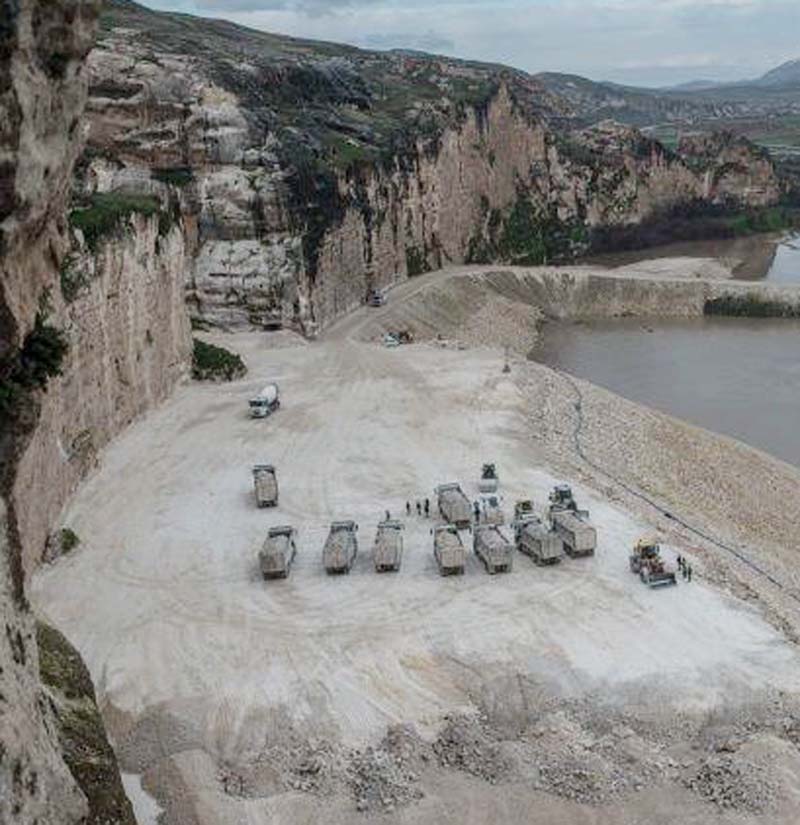
AFP, Hasankeyf:
From the ancient citadel overlooking the valley, Ridvan Ayhan looks at the Tigris with a furrowed brow. The river that supported his family’s town for generations will soon destroy it.
“My grandchildren will not see where I grew up, where I lived. They will ask me, ‘Grandpa, where do you come from? Where did you live?’ What will I do? Show them the lake?” asks Ayhan, readjusting the scarf over his face.
The small town of Hasankeyf, in Turkey’s Kurdish-majority southeast, inhabited for 12,000 years, is doomed to disappear in the coming months.
An artificial lake, part of the Ilisu hydroelectric dam project, will swallow it up.
The dam, which will be Turkey’s second largest, has been built further downstream the Tigris.
Ilisu is a central element of the Southeastern Anatolia Project (GAP), a land development plan to boost the economy of the long-neglected region, through hydroelectric energy and irrigation.
Confronted with the imminent flooding of their town and a hundred villages, the 3,000 habitants of Hasankeyf are divided.
While some are angry at the sacrifice being imposed on them, others are impatient for the economic benefits promised by Ankara.

